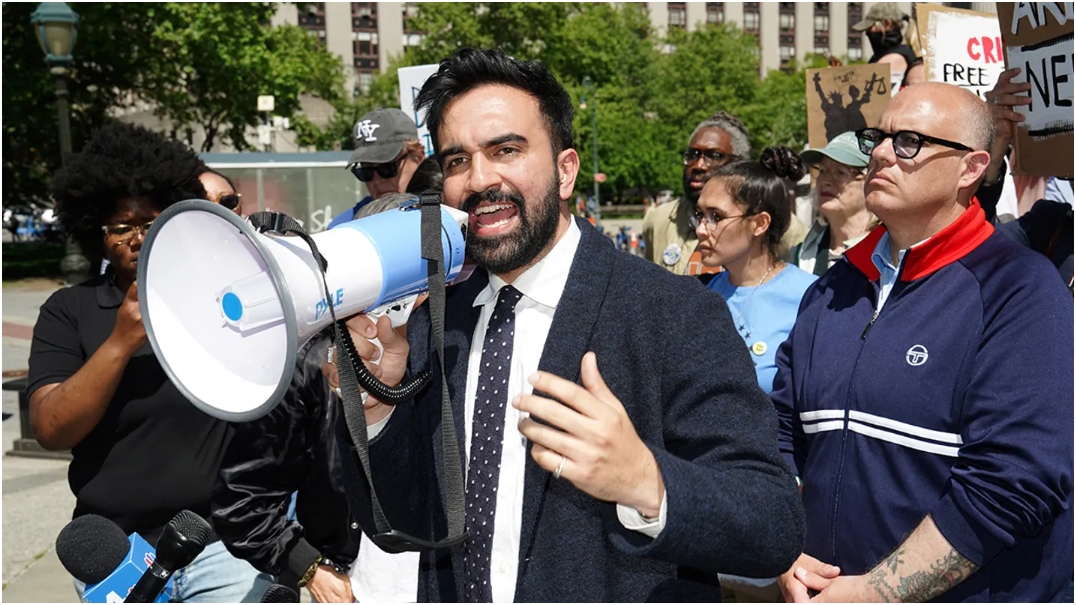Twitter CEO Jack Dorsey Explains Why He Banned Trump
Charlie Kirk Staff
01/14/2021

In a long tweet thread, Twitter CEO Jack Dorsey explained why the social media giant decided to ban Trump for life.
In the first of a series of tweets Dorsey wrote,” I do not celebrate or feel pride in our having to ban
@realDonaldTrump from Twitter, or how we got here. After a clear warning we’d take this action, we made a decision with the best information we had based on threats to physical safety both on and off Twitter. Was this correct?
I do not celebrate or feel pride in our having to ban @realDonaldTrump from Twitter, or how we got here. After a clear warning we’d take this action, we made a decision with the best information we had based on threats to physical safety both on and off Twitter. Was this correct?
— jack (@jack) January 14, 2021
“I believe this was the right decision for Twitter. We faced an extraordinary and untenable circumstance, forcing us to focus all of our actions on public safety. Offline harm as a result of online speech is demonstrably real, and what drives our policy and enforcement above all.”
“That said, having to ban an account has real and significant ramifications. While there are clear and obvious exceptions, I feel a ban is a failure of ours ultimately to promote healthy conversation. And a time for us to reflect on our operations and the environment around us,” Dorsey stated.
Twitter hit Trump with a 12-hour suspension on Jan. 6 over three messages he sent continuing to insist the election was stolen from him the same day a mob of pro-Trump supporters stormed the Capitol in a siege that left at least five people dead. The suspension came with a warning that future violations of the company’s “Civic Integrity or Violent threats policies” by the president would result in a permanent suspension of his account.
Two days later, Twitter followed through the with threat, banning Trump from the platform for good citing “risk of further incitement of violence.”
The next day, Twitter’s stock took a 6% hit, yet the company continued to purge tens of thousands of accounts allegedly for spreading the QAnon conspiracy theory.
Facebook also joined Twitter in banning Trump along with many other companies.
Apple, Google, and Amazon took down Twitter’s direct competitor Parler which had recently seen a massive influx of users due to Twitter and Facebook’s clamping down of conservative viewpoints.
Dorsey said he does not believe the takedown was a coordinated effort.
 Member
Member













